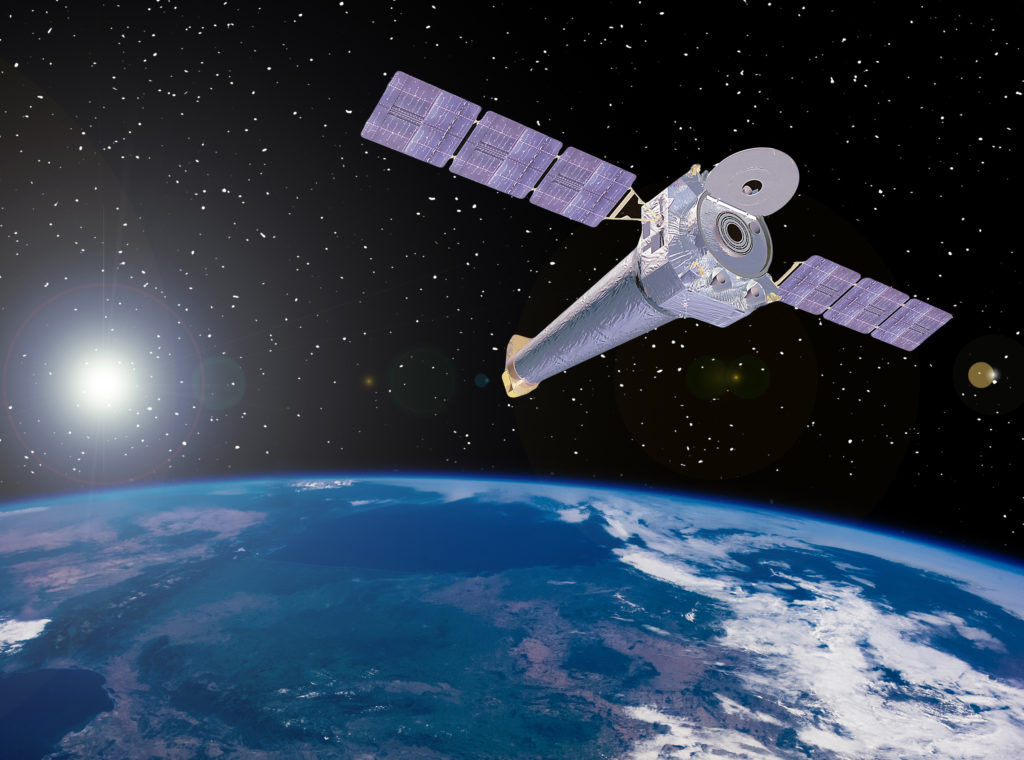Space has been explored via satellites for over 60 years and still remains a riddle. Some of them can now be solved by means of AI and visual analytic methods. The EXPLORE research project promotes the exploration and use of European space data. Scientific data collected on astrophysical and planetary space missions will be available on cloud platforms to a broad space science research community.

Data on galaxies, stars and the lunar surface
Research data are supplied in part by the Gaia satellite mission, as well as more recent lunar missions, various areas of spectroscopy, astrometry and photometry. More than one million gigabytes of data are generated by the Gaia satellite mission alone. The project will develop AI- and visual analytics-powered apps for each area in order to collaboratively analyze and explore data.
Visual exploration and AI-supported methods
In order to utilize space data, collaborative interfaces, sophisticated visualizations and AI-supported methods are required. “Within EXPLORE, in the first stage our team will develop interfaces and visualizations specialized for space data. In the second stage, we will use AI-supported methods, such as guided analytics, to enable the system to learn. This will also allow to make conclusions based on the user behavior and make recommendations. We draw on 10 years of expertise in this area,” states Vedran Sabol, Research Area Manager of Knowledge Visualization and leader of EXPLORE’s work package “Visual Analytics.”
Science and technology experts
The EU H2020 research project is led by ACRI-ST and brings together a total of eight international partners from science and technology. Know-Center is on board as a partner and leads one of the work groups. Due to a large amount of data generated by space missions, an infrastructure that allows to collect, process and analyze “big data” from space has to be created. EXPLORE should enable a collaborative use of space data within the space community